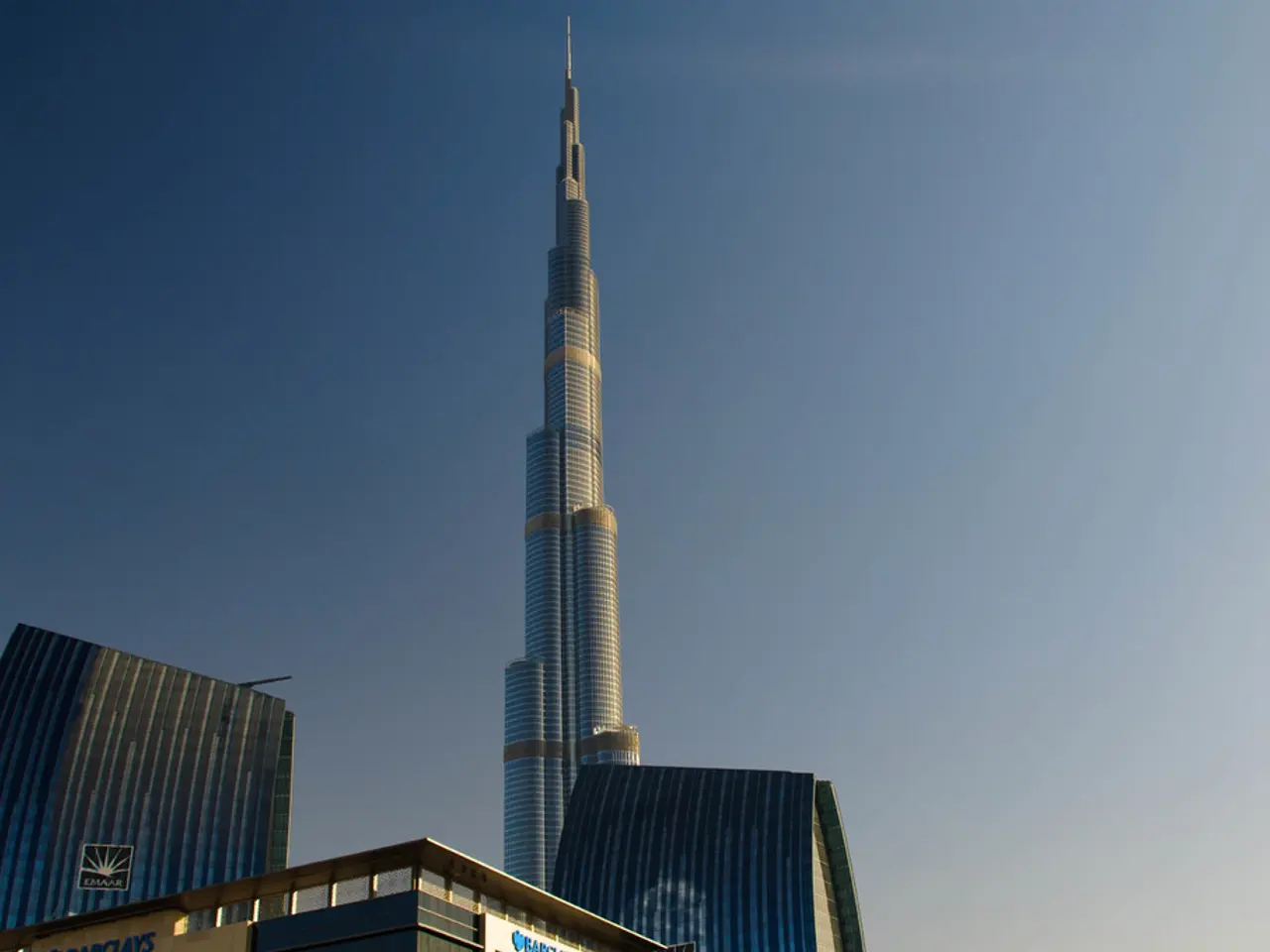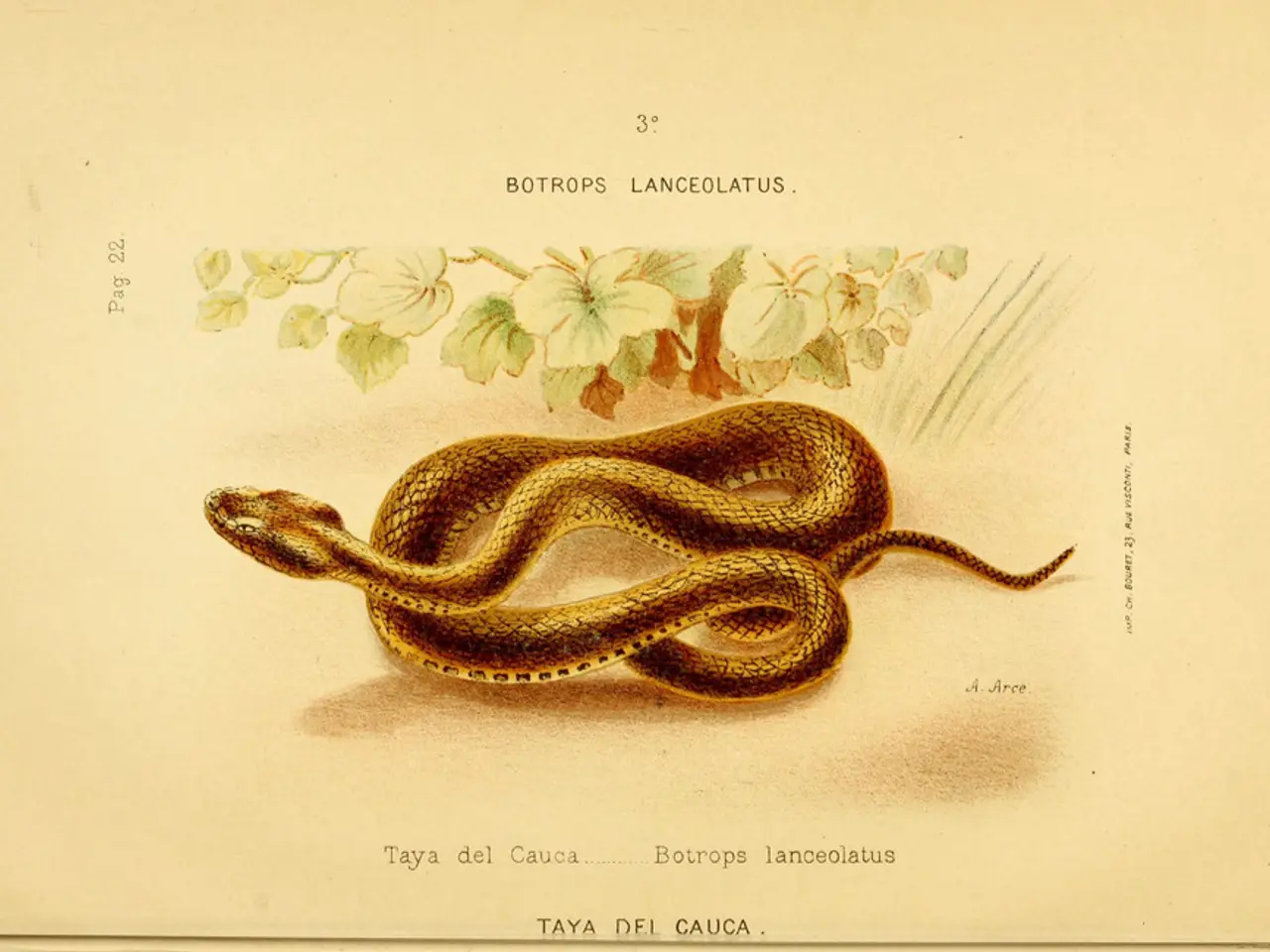Architecture students at Canadian University Dubai innovate with designs that respond to climate conditions
Canadian University Dubai (CUD) architecture students have showcased a series of innovative and sustainability-focused design projects within the forest-integrated community of Ghaf Woods, Dubai. These projects, tailored to the city's unique environmental and climatic conditions, emphasize passive cooling, shading, and natural ventilation strategies to reduce energy consumption and enhance the user experience.
Key project highlights include Maya Alhajali's 'Respire', a 100 sqm structure that functions as both a café and a recharge station. Alhajali's design utilizes a PVDF-coated aluminium mesh facade, a ventilated double-skin buffer, and a misting system to regulate interior temperatures.
Danica Ferreira's design, 'The Canopy', is a climate-responsive sanctuary inspired by the native Ghaf tree. Employing materials like datecrete, cross-laminated timber, and photovoltaic components, Ferreira's structure acts as a self-regulating microclimate using layered shading, water vapor integration, and passive cooling.
Camelia Yaghi's design, 'Al-Dara', is a circular pavilion centered around two native trees. Yaghi's design features a retractable, breathable roof that responds to seasonal cycles, providing shade and air circulation. Yaghi's design also uses a lightweight steel framework and elevated wooden flooring to minimize ground impact and support the health of the soil.
These projects are part of CUD's broader approach to support the transition towards sustainable innovation and growth in the region. The university's dean of the School of Architecture and Interior Design, Massimo Imparato, praised the students' vision and creativity, stating that they are redefining the future of architecture with human-centered and climate-responsive ideas.
CUD has launched an MSc in Design Innovation for Circular Economy, focusing on restorative and regenerative design. Architecture students were mentored by faculty lead Christine Yogiaman to explore adaptive architecture focused on passive strategies like shading, natural ventilation, and thermal mass.
Yaghi's 'Al-Dara' design aims to create a sensory conversation described by rustling leaves, filtered light, sounds of the forest, and the scent of materials. Each project features a low-rise, multi-use recreation centre that embodies ecological harmony and climate-responsive innovation.
The standout designs also include a canopy rooted in biomimicry and sustainability, a recharge facility that converts environmental extremes into performance assets, and a pavilion embedded harmoniously into the natural landscape. These projects harness thermal pressure differentials through a solar chimney to power natural ventilation, becoming more efficient as temperatures rise.
In conclusion, the CUD architecture students' projects are a testament to their commitment to sustainability and innovation, with designs that not only respond to Dubai's harsh climate but also create a welcoming environment that connects visitors with nature. These projects are a significant step towards redefining urban living in the city and promoting a more sustainable future.
[1] Canadian University Dubai. (n.d.). Sustainability Initiatives. Retrieved from https://www.cud.ac.ae/about-us/sustainability
[2] Canadian University Dubai. (n.d.). School of Architecture and Interior Design. Retrieved from https://www.cud.ac.ae/academics/schools-and-colleges/school-of-architecture-and-interior-design
[3] Canadian University Dubai. (n.d.). Design Innovation for Circular Economy. Retrieved from https://www.cud.ac.ae/academics/schools-and-colleges/school-of-architecture-and-interior-design/programmes/design-innovation-for-circular-economy
[4] Canadian University Dubai. (n.d.). Research. Retrieved from https://www.cud.ac.ae/research/research-centres/architecture-and-urban-design-research-centre
- The innovative designs of the architecture students at Canadian University Dubai (CUD) clearly demonstrate their dedication to both sustainability and innovation, as they creatively adapt to Dubai's challenging climate and foster a connection between visitors and nature.
- The projects displayed by CUD students, such as Maya Alhajali's 'Respire', Camelia Yaghi's 'Al-Dara', and Danica Ferreira's 'The Canopy', are significant contributions to the university's mission of promoting sustainable innovation and growth in the region.
- The integration of environmental science, passive strategies like shading and natural ventilation, and climate-responsive design is evident in these project designs, underscoring their educational value within the field of environmental-science.
- By developing climate-responsive designs, CUD students are not only helping to create more sustainable living spaces in Dubai but also contributing to the upcoming MSc in Design Innovation for Circular Economy, focusing on regenerative and restorative design, thereby furthering their own education and self-development.




